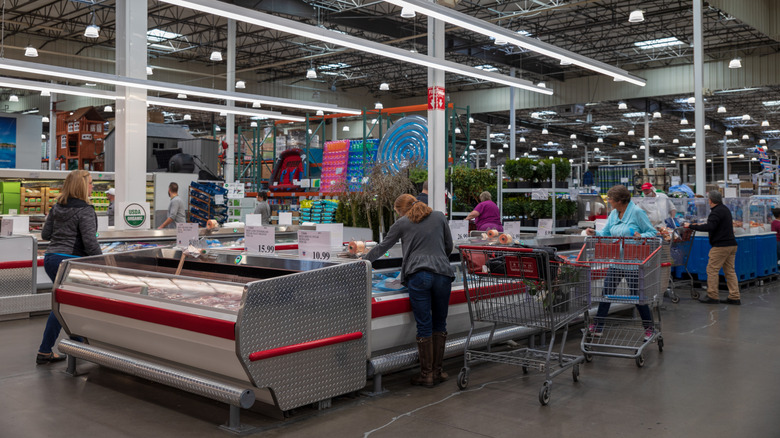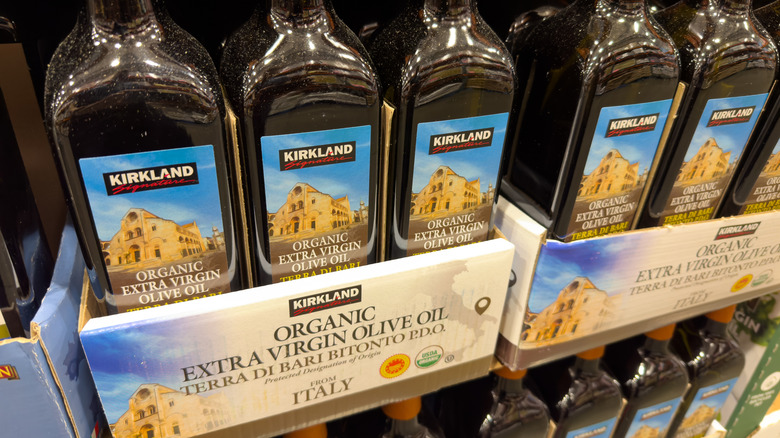
Artran/Getty Images
The price of cooking oil was expected to jump up in 2025 thanks to tariffs. Generally, vegetable, canola, soy, coconut, and avocado oils went up. Olive oil has managed to buck this trend for now. While 15% tariffs on goods from the EU will start affecting the product soon, the 2024/2025 bumper olive crop has brought down prices.
This is great news, as the oil is a healthy essential for frying, finishing, and using in dressings. Additionally, Costco has the ability to negotiate with providers around the world thanks to their in-house brand, Kirkland’s Organic Extra Virgin Olive Oil, which tops our ranking of Costco’s olive oils. It went down in price from $24.99 to $18.39 for a 2-liter bottle over the summer. Meanwhile, 3-liter bottles dropped from $29.99 to $27.99.
Does this mean we’re in the clear? It’s unsure. Tariffs only recently went into effect, and the prices of Kirkland’s olive oils appear to have moved again by September of 2025. The 2-liter Organic Extra Virgin is now up to $20.99, while the 3-liter bottle dropped even more to $22.49 (although we find this Kirkland Signature Olive Oil to be rather bland). Perhaps Costco’s ability to source from different regions has helped them avoid tariffs in the blend.
How to stock up on olive oil in case the price does increase

ZikG/Shutterstock
If you are worried about an upcoming rise in Costco prices due to tariffs and want to stock up, here are some tips. Once you open a bottle of olive oil you have one, maybe two months until it starts to go bad. Oxygen gets into the bottle, starting the degradation process. Warmth and light also have an effect on the oil, which is why you’ll usually find it in a dark green tinted bottle. You’ll want to keep it in a dark and cool spot, like a cabinet away from the stove.
Unopened, a bottle can last up to 20 months as long as it maintains its low temperature and avoids direct light. It doesn’t have to be kept in a fridge, however, as it will age the same in a cool room as in a cold fridge. When you open the olive oil, you’ll want to make sure it’s still good. If the oil smells off, slightly sour or metallic, that will be your first sign. You can also take a sip. If the taste is strange, it’s gone rancid. You can also tell by the stickiness that develops in spoiled olive oil. If the product has gone bad, it may be best to toss it and hope the prices haven’t jumped up too much.


Dining and Cooking